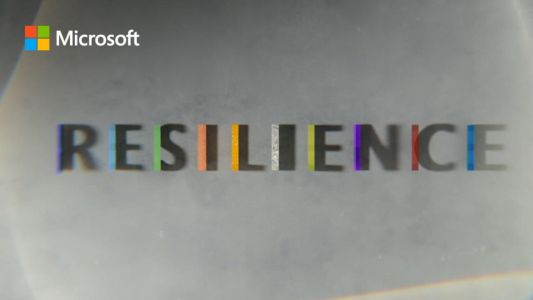During the COVID-19 pandemic, Microsoft executives discovered new paths to resilience that inspired lifesaving innovations and deeply significant collaborations between scientific researchers and their communities. People of all disciplines and perspectives converged to solve almost incomprehensible challenges such as passive viral sensors, improved ventilation and smart health cards. As one leader stated, “Science and technology offer the opportunity to fuel discovery and magnify our ingenuity.”
The COVID-19 pandemic altered how people learn, work and associate with each other in communities.
Crises push individuals to evolve, adapt and innovate. During the COVID-19 pandemic, researchers worked together to create new methods of clinical testing. This unprecedented collaboration resulted in important new diagnostics, therapeutics and vaccines.
The term “multidisciplinary” means bringing people of “awe-inspiring depth” together to accomplish great things.
It is time for businesses, organizations and individuals to fully realize their impacts on others. Technology should be developed within communities – for communities.
While acknowledging that each individual possesses unique values, views and beliefs, all people and possibilities must be folded into the creative process. Scientific and technological breakthroughs help to address issues of togetherness as society opens again.
Passive sensors enabled fresh scientific perspectives in the age of COVID-19.
Crisis recovery presented a big challenge for researchers during the pandemic. Creating new research tools became a necessity...
Microsoft Corporation is an American multinational technology corporation that produces computer software, consumer electronics, personal computers, and related services.









Comment on this summary